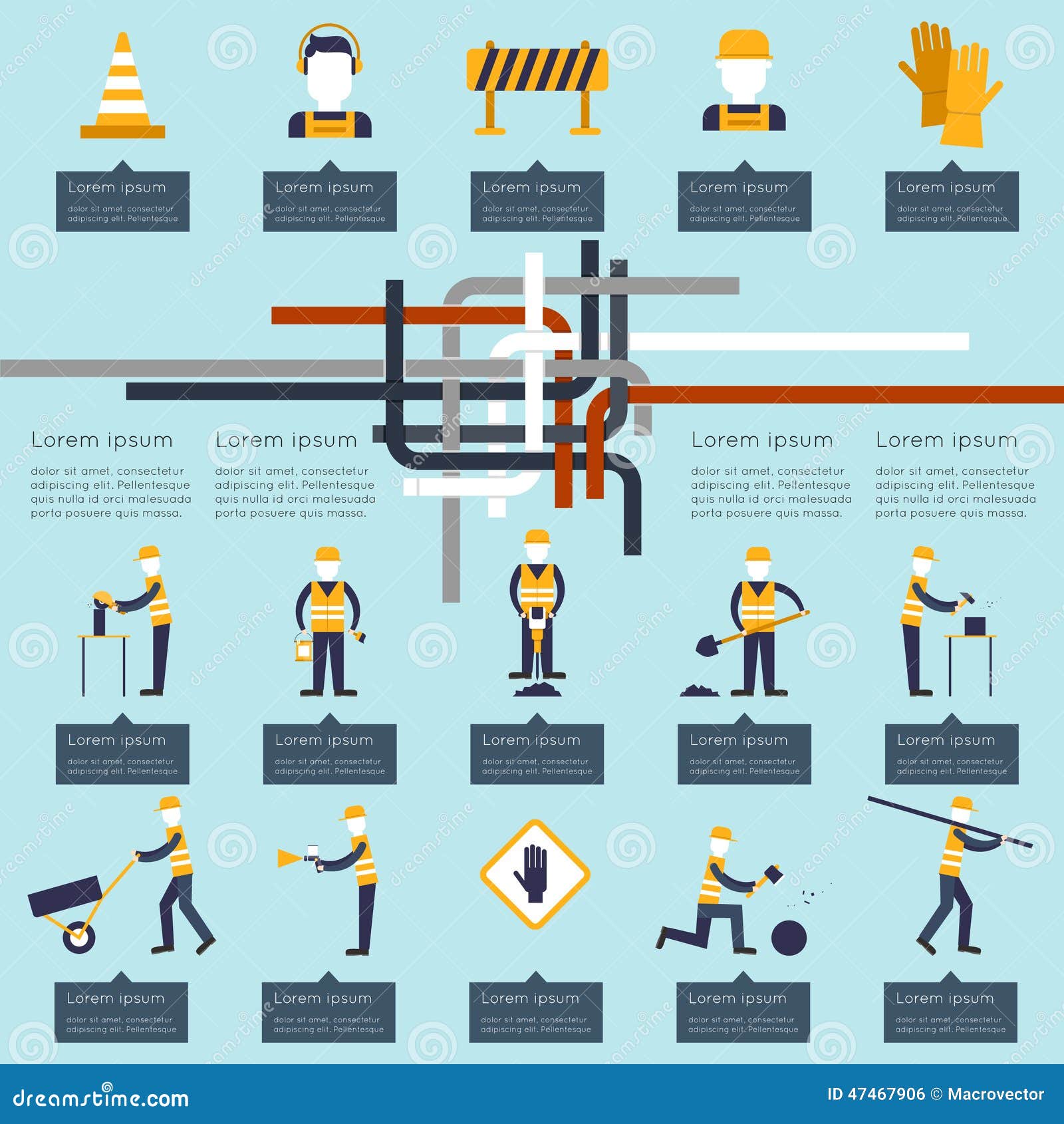Find Out About The Ways In Which Seasonal Aspects Can Influence The Success Of Industrial Exterior Painting And Determine The Very Best Times To Accomplish Lasting Outcomes For Your Job
Find Out About The Ways In Which Seasonal Aspects Can Influence The Success Of Industrial Exterior Painting And Determine The Very Best Times To Accomplish Lasting Outcomes For Your Job
Blog Article
Write-Up By-McLamb Rosendal
When you're planning a business exterior painting project, seasonal elements can make or damage your outcomes. You'll want to consider how temperature and moisture effect paint application and drying times. Picking the right season can ensure your paint sticks properly and lasts longer. Yet which seasons are genuinely the very best for this type of work? Allow's discover the crucial elements that can affect your project's success.
The Impact of Temperature on Paint Application
When you're intending an industrial external painting task, the temperature level can dramatically impact how well the paint adheres and dries out.
Preferably, you want to repaint when temperatures vary between 50 ° F and 85 ° F. If it's as well cold, the paint may not heal appropriately, bring about problems like peeling or fracturing.
On the flip side, if it's too hot, the paint can dry too swiftly, avoiding appropriate bond and resulting in an uneven coating.
You need to also consider the moment of day; morning or late afternoon offers cooler temperature levels, which can be more desirable.
Constantly inspect the maker's recommendations for the certain paint you're using, as they usually give guidance on the ideal temperature level variety for optimum results.
Moisture and Its Effect on Drying Times
Temperature isn't the only environmental element that affects your business outside painting task; moisture plays a substantial function as well. High moisture levels can reduce drying out times substantially, affecting the general high quality of your paint job.
When the air is filled with dampness, the paint takes longer to heal, which can cause problems like poor attachment and a greater threat of mildew growth. If you're painting on a particularly humid day, be planned for prolonged wait times in between coats.
It's crucial to monitor local weather conditions and plan appropriately. Preferably, aim for humidity levels between 40% and 70% for ideal drying.
Keeping these factors in mind guarantees your task remains on track and supplies an enduring coating.
Best Seasons for Commercial Outside Paint Projects
What's the very best season for your business outside painting jobs?
Springtime and very early fall are usually your best options. Throughout these periods, temperatures are mild, and humidity levels are typically reduced, creating optimal problems for paint application and drying.
Prevent summer's intense heat, which can trigger paint to completely dry as well swiftly, causing poor adhesion and coating. Likewise, wintertime's chilly temperatures can impede proper drying out and healing, running the risk of the long life of your paint work.
https://www.artnews.com/art-news/news/faith-ringgold-rikers-island-brooklyn-museum-1234614904/ for days with temperature levels between 50 ° F and 85 ° F for optimal outcomes. https://cabinetpaintersnearme32198.blogthisbiz.com/41177224/key-queries-to-make-before-using-home-painters in mind to inspect the local weather prediction for rain, as wet conditions can spoil your job.
Preparation around these factors ensures your painting job runs smoothly and lasts much longer.
Final thought
In conclusion, intending your industrial exterior paint jobs around seasonal factors to consider can make a significant difference in the end result. By organizing job during the perfect temperatures and humidity degrees, you'll make sure far better attachment and drying out times. Bear in mind to watch on neighborhood weather forecasts and pick the correct time of year-- springtime and early fall are your best bets. Taking these actions will certainly help you attain a sturdy and professional coating that lasts.
